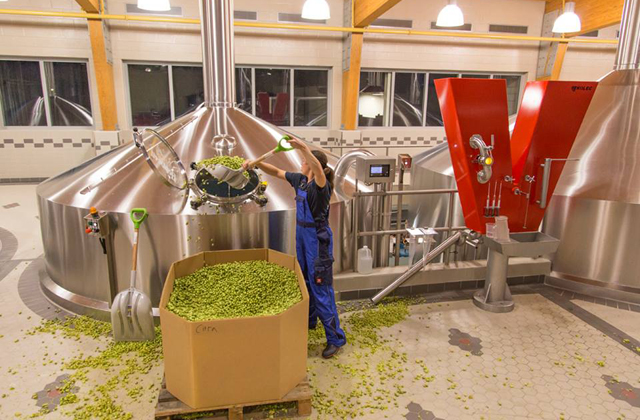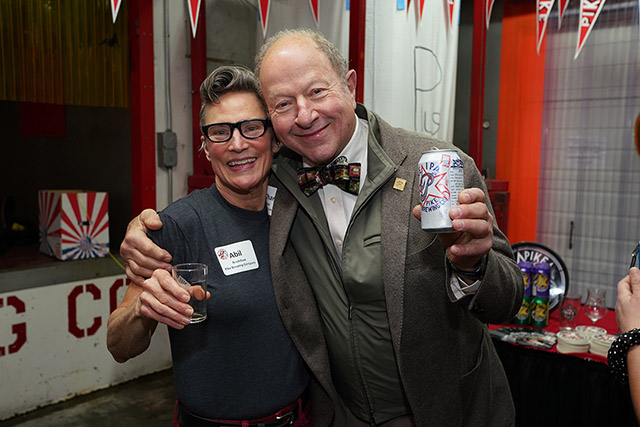
Keeping communication concise and cost effective has worked for Victory’s Bill Covaleski even as his Pennsylvania brewery continues to grow and evolve into the 26th largest craft brewery in the country.
A co-founder nearly 21 years ago, Covaleski is still an integral part of the brewery’s in-house design team, which oversees label design, advertising and marketing instead of hiring from the outside.
“I’ve always maintained when you hire someone to communicate for you, you have just installed another layer in the communication process,” he told Brewer.
Along with Covaleski, who is still technically the brewery’s creative director along with being the co-founder, are three graphic designers and a video/photographer.
“As long as you can create a functional team that is honest with one another and is going to speak their minds in the creative meetings then you are a lot closer to the root source of what it is you are going to communicate,” said Covaleski, who worked five years in graphic design and advertising in the early 90s while perfecting his homebrewing craft. “That chain has been shortened so that communication should be more pure.”
He also maintained that he wants honesty and for the members of his team to come forth with their thoughts when it comes to creating new ideas.
“A silent room often allows bad ideas to come to fruition,” Covaleski said.
Finding those hires, not just in a design room, but all over a brewery: from those on the end of a canning or bottling line, to fork-lift operators, quality control staff, packaging workers and administrative spots in all the way to finding a new bartender, server or kitchen staff, can be looked at to become a part of the culture.
“We need someone that will get up in the morning and be excited about the job that needs to be filled,” said 21st Amendment Brewing president Dave Wilson. “I don’t care if it’s a brewer or a packing person or a finance department person. We are all wired different so … it’s on us to pinpoint what the job at hand is and what is 80 percent of the job that someone will have when they work here.”





Be the first to comment